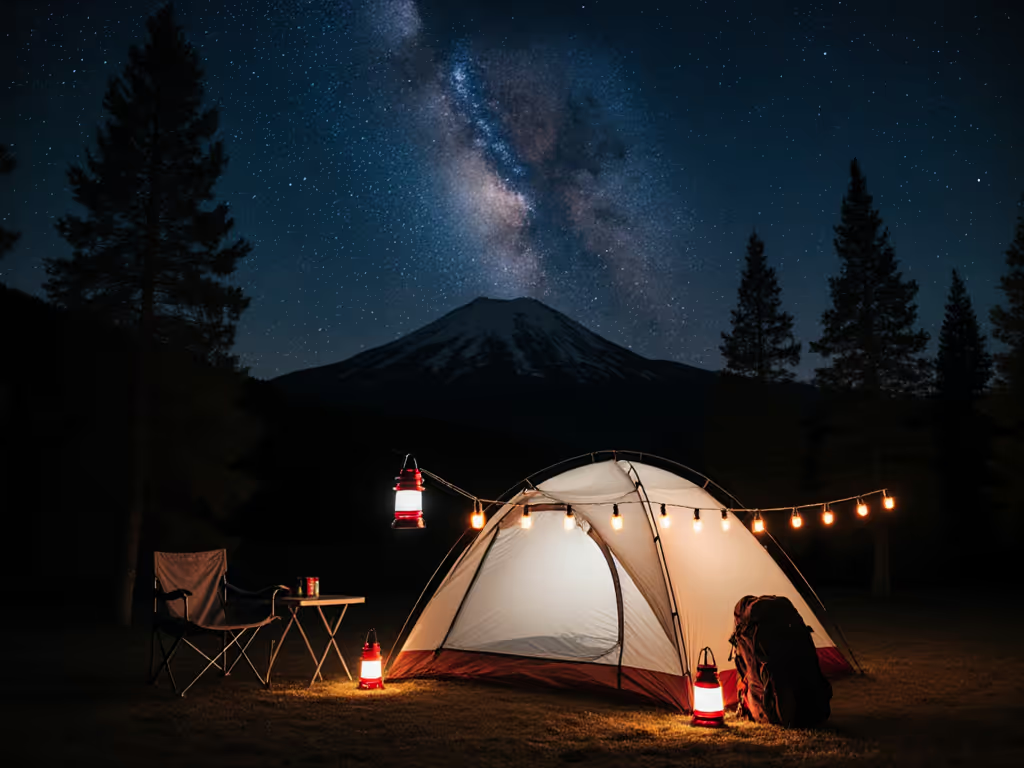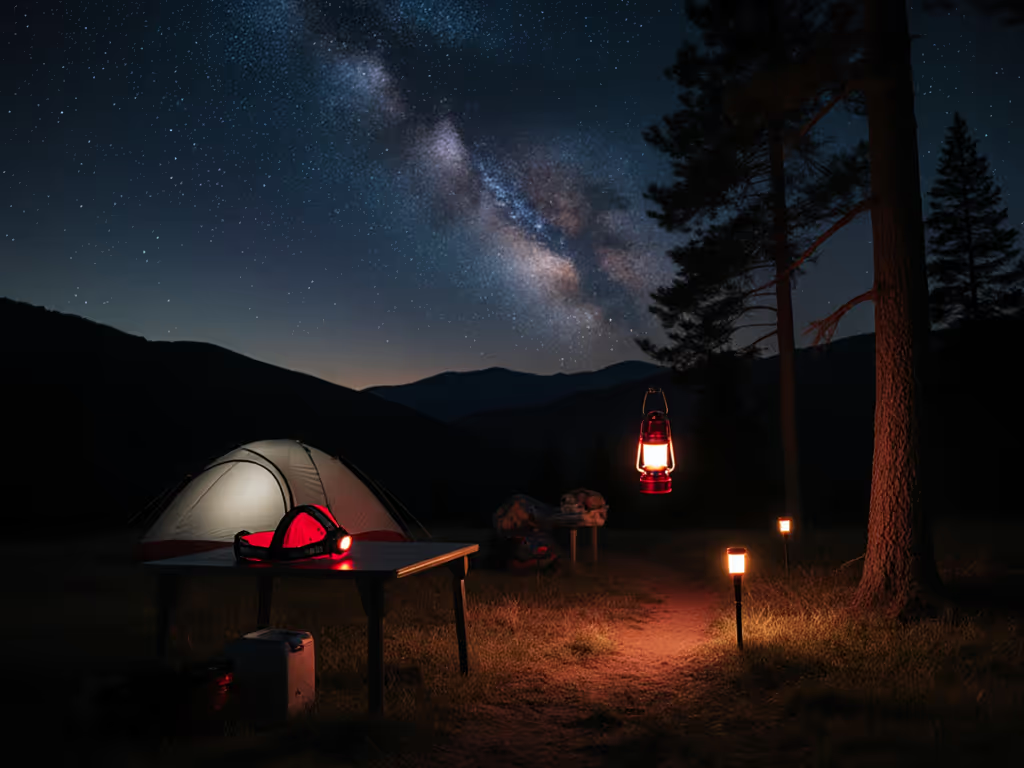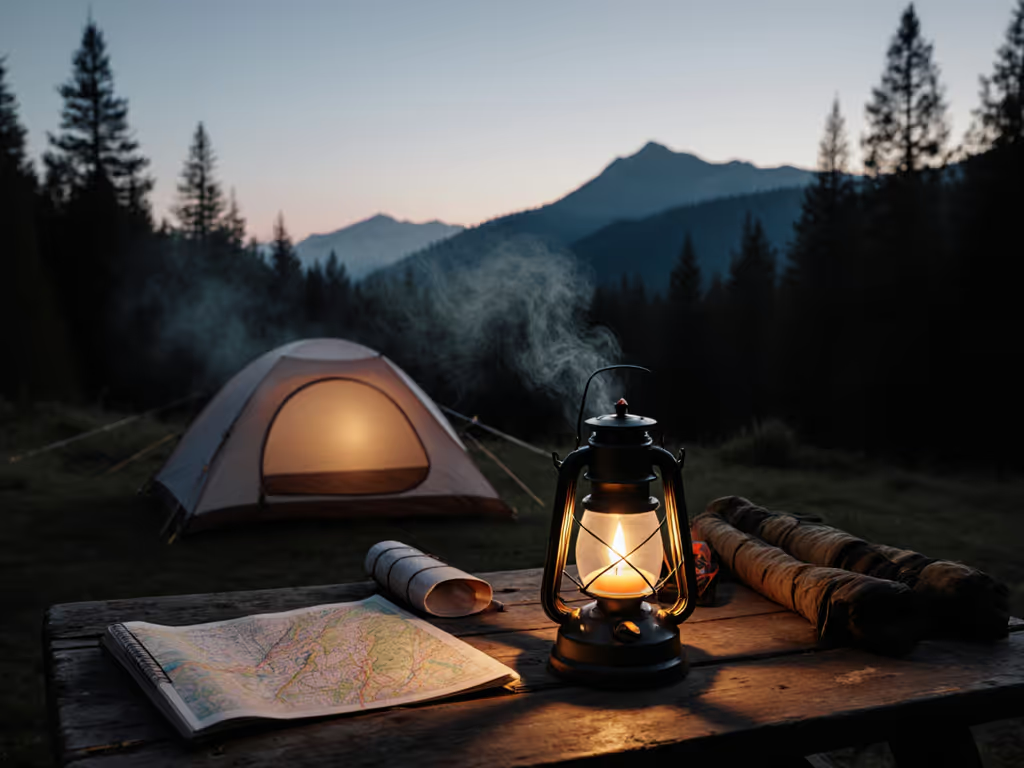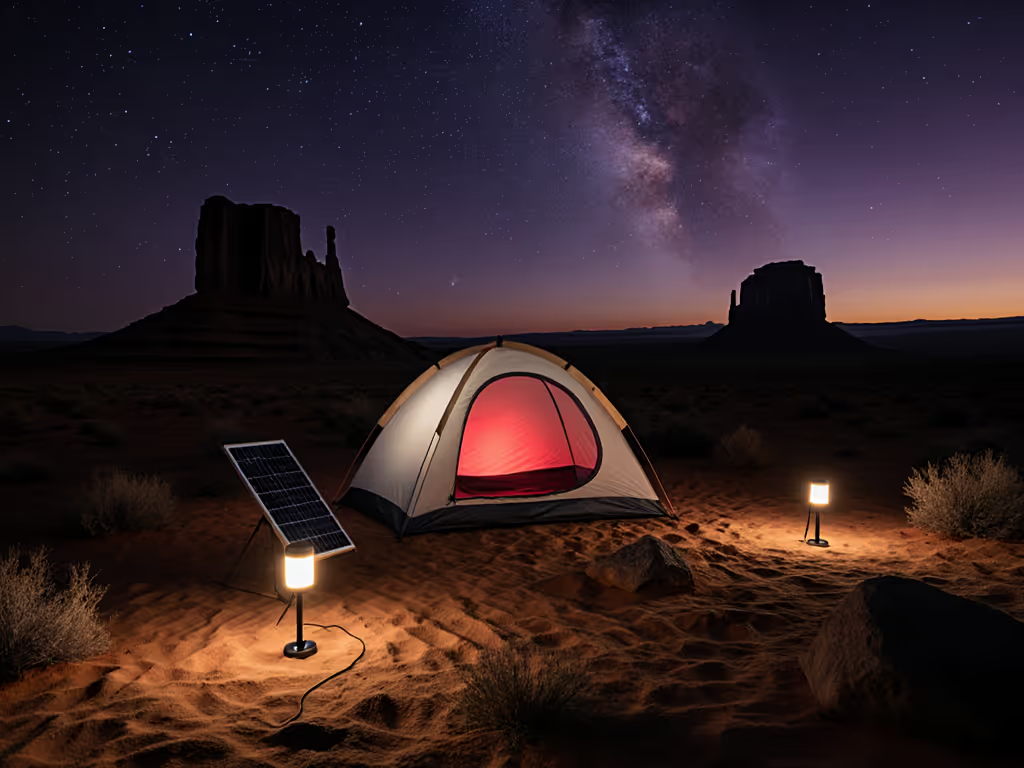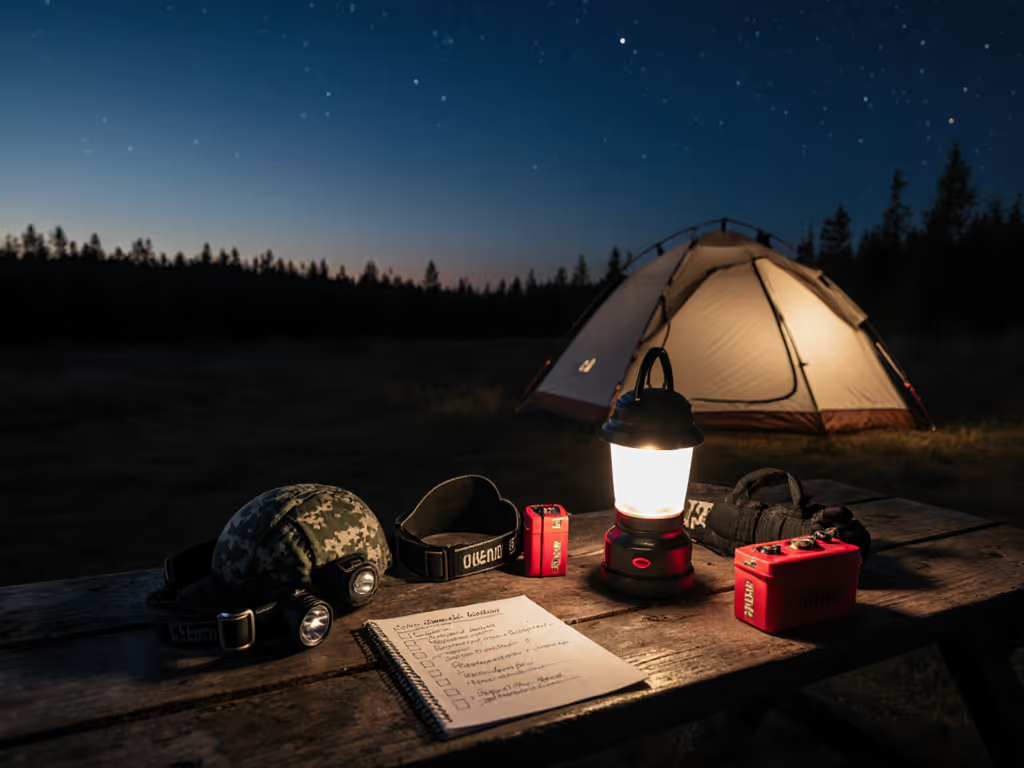
Dark-Sky-Friendly Camp Lighting Guide — Camp Crew Lighting
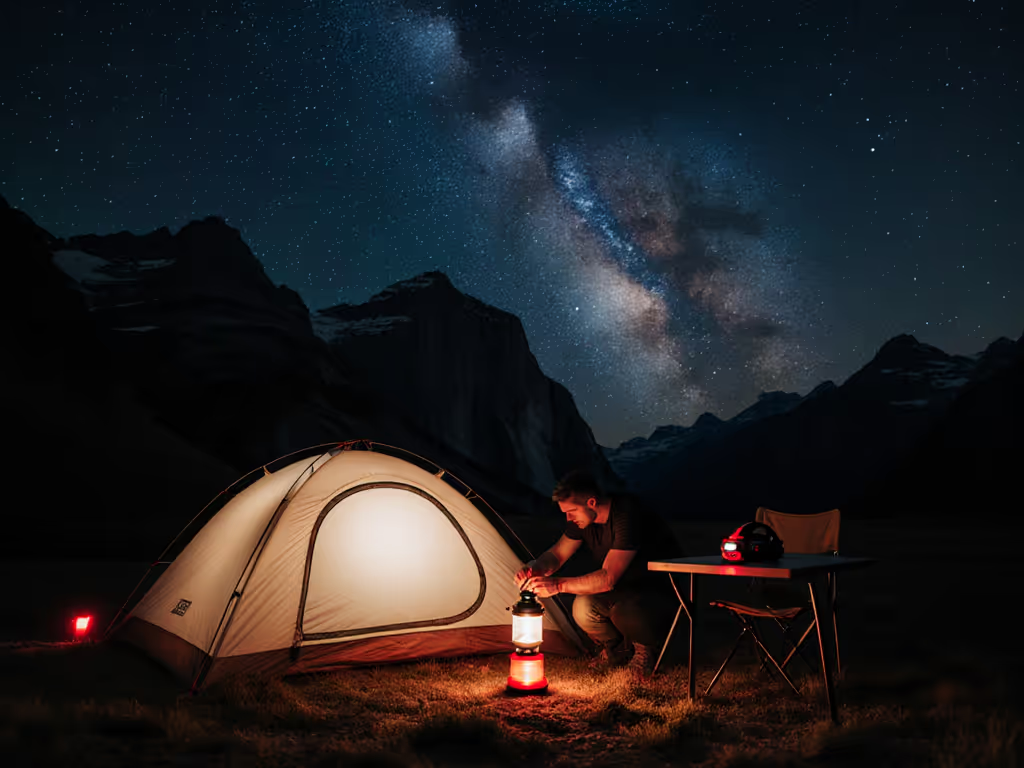
Dark-Sky-Friendly Camp Lighting Guide
What if your camp could feel warmly lit, safe, and social without washing out the stars or draining your batteries by midnight? In this blog post for 2025-11-12, we unpack how modern camp lighting delivers comfort and clarity while protecting night vision and the ecosystems you came to enjoy. Drawing on field tests and park guidance, we translate specs into practical choices you can trust. Along the way, we show how Camp Crew Lighting pairs expert evaluations with dark-sky-friendly system design so your site glows where you need it and disappears where you do not.
Disclosure: Camp Crew Lighting is an editorial and review site; we do not operate a store. Product links in our reviews may point to retailers or affiliate partners, and our evaluations and system recommendations are produced independently with clear disclosures.
Why This blog post for 2025-11-12 Matters for Low-Impact Campsites
Traditional lighting scatters brightness in every direction, and that means wasted power, glare, and disrupted habitats at the very places we want to preserve. Research shared by IDA (International Dark-Sky Association) suggests over one third of outdoor light often shines where it is not needed, and that excess can affect nocturnal wildlife behavior and human sleep patterns even at campsites. The good news is that smart optics, warmer color temperatures, and dimmable controls now let you set a cozy table, guide a safe path, and keep your tent readable without erasing your night vision or the Milky Way. Camp Crew Lighting focuses on eliminating the exact pain points you have likely experienced: washed-out sight, short runtimes, blinding hotspots, and a dome of unintended glow over your spot.
- Night vision is fragile - a single mis-aimed lantern forces your eyes to readjust for 20 to 30 minutes.
- Battery loss compounds - every unnecessary lumen draws down your power bank faster than you think.
- Glare reduces safety - overly bright, unshielded beams make it harder to see beyond the hotspot.
- Skyglow spreads - light spill from open lanterns raises background brightness far beyond your camp.
Camp Crew Lighting provides dark-sky-friendly guidance and system-design recommendations that preserve the night environment, reduce glare, extend battery life, and enhance overall camping experiences with tailored recommendations. In practice, that means recommending directional fixtures, warm color modes, and selective use of red LEDs (light-emitting diodes) that protect night vision, plus curated kits that match power budgets to real itineraries so your lighting works as planned on day one and day five.
Light Science You Can Use: Lumens, Color, and Glare Control
Specs can feel abstract until you translate them into campsite outcomes, so here is what matters most. Lumens measure total light output, but beam shape decides whether those lumens form a gentle pool on your table or a blinding spot at eye level. Color affects comfort and wildlife: warmer light around 2200 to 3000 Kelvin feels like firelight, while cooler light looks clinical and draws insects from farther away. Color Rendering Index, written as CRI (Color Rendering Index), indicates how natural colors appear; a higher CRI (Color Rendering Index) is kinder on eyes during cooking and first aid. Finally, control is everything, and PWM (Pulse Width Modulation) dimming can flicker in slow-motion phone video while constant-current drivers feel steadier to many users, so it pays to choose dimming that looks smooth in person.
Watch This Helpful Video
To help you better understand blog post for 2025-11-12, we've included this informative video from Jonathan Joly. It provides valuable insights and visual demonstrations that complement the written content.
- Prioritize adjustable output over maximum output, using steps or ramps that let you fine-tune tasks.
- Favor CCT (Correlated Color Temperature) options at 2200 to 3000 Kelvin for social spaces and red LEDs (light-emitting diodes) for midnight movement.
- Look for CRI (Color Rendering Index) of 80 plus for cooking and gear checks, and 90 plus if you photograph your camp meals.
- Shield and aim your lights downward; a simple shade or angled mount cuts glare and protects star views.
Head-to-Head Comparisons of Camping Lights

Different lighting tools thrive at different jobs, and mixing them thoughtfully yields the most comfortable, efficient camp. Area lanterns with LEDs (light-emitting diodes) set the tone under a tarp, headlamps keep hands free for tasks, string lights trace soft, wayfinding edges, and small tent pucks provide gentle background glow for reading. For a scenario-based breakdown, see our lanterns vs string lights comparison. To help you choose, Camp Crew Lighting evaluates runtime claims, beam patterns, control interfaces, and mounting hardware in context, then scores each device on how well it avoids glare and protects power. Below is a simplified snapshot of how common categories compare when you need comfort, safety, and long battery life without skyglow.
| Category | Typical Brightness | Usable Runtime | Power Source | Strengths | Trade-offs | Dark-Sky Fit |
|---|---|---|---|---|---|---|
| Area Lantern, warm LED (light-emitting diode) | 150 to 400 lumens | 8 to 40 hours on low | Rechargeable via USB (Universal Serial Bus) | Wide, cozy pool of light; stable on tables | Can glare if unshaded or placed high | Good with shade and dimming |
| Headlamp with red LED (light-emitting diode) mode | 2 to 350 lumens | 6 to 60 hours depending on mode | Rechargeable via USB (Universal Serial Bus) or AAA cells | Hands free, precise; preserves night vision with red | Easy to blind others if aimed carelessly | Excellent when angled to ground |
| String or rope lights, warm LED (light-emitting diode) | 10 to 100 lumens per meter | 10 to 30 hours on low | Rechargeable via USB (Universal Serial Bus) or power bank | Diffuse, decorative, ideal for edges and tents | Can tempt over-lighting if used heavily | Strong when softly diffused |
| Compact task light with high CRI (Color Rendering Index) | 100 to 500 lumens | 4 to 20 hours depending on level | Rechargeable via USB (Universal Serial Bus) | Color-true for cooking and repairs | Keep brightness low to limit glare | Good when aimed and shaded |
| Traditional fuel lantern | 500 to 1000 plus lumens | 4 to 8 hours per canister | Propane or liquid fuel | Very bright; auditory ambiance for some | High glare, heat, and skyglow potential | Poor for dark-sky goals |
Notice how devices with diffuse optics and warm color options align better with dark-sky aims than high-output, unshielded sources. Camp Crew Lighting’s head-to-head tests score not only brightness and runtime but also glare control, switch ergonomics, and mounting flexibility, because a perfect spec sheet that blinds tablemates is still a poor campsite experience. When you can dim to just-enough light, pick a warm or red mode, and aim beams where your feet or tasks are, you get clearer vision and happier neighbors with fewer battery top-ups across the weekend.
Scenario Playbook: Family, Festival, and Backcountry Kits
Every camp has different demands, so the smartest rig is tailored to your group size, activity, and resupply plan. A family car-camping weekend thrives on one warm LED (light-emitting diode) area lantern at low, a soft string tracing the canopy for wayfinding, and two headlamps with red LED (light-emitting diode) modes for midnight trips, all sipping from a 10,000 mAh (milliampere-hour) power bank that recharges while you drive. Festival-goers often want social ambiance without light trespass, so dimmable string lights and low-output tent pucks shine here, matched with a compact task light near the cook station and an IPX4 (Ingress Protection X4) splash rating for sudden showers. Backcountry trekkers focus on grams and watt-hours, so a single high-efficiency headlamp with a reliable moonlight mode, plus a tiny tent puck for morale, keeps the pack light while extending battery life across multiple nights without a charger. For ounce-counters, compare ultralight backpacking lights against heavier car-camping options.
- Set a maximum-lumen policy for social zones and reserve bright modes for emergencies.
- Use red LEDs (light-emitting diodes) or 2200 to 2700 Kelvin warm modes after sunset to protect night vision.
- Mount lights below eye level and shield the source with a shade, hat brim, or tarp edge.
- Carry one shared power bank rated 10,000 to 20,000 mAh (milliampere-hour) for small groups, and log charging per device.
Setup, Maintenance, and Battery Planning
Power planning is the difference between a relaxed evening and a scramble for spare cells, and a few simple rules keep things on track. Start by estimating nightly hours for each device and multiply by your preferred brightness level, using low or eco modes whenever tasks allow, then layer in your recharging opportunities during drives or at basecamp. Protective ratings matter in real weather, so look for at least IPX4 (Ingress Protection X4) for rain, IPX6 (Ingress Protection X6) if storms are likely, and IP67 (Ingress Protection 67) for dusty trails or creek crossings, because water and grit shorten both safety and lifespan. For a deeper breakdown of IP ratings, see our weatherproofing guide. Finally, treat your batteries kindly by avoiding full discharges, storing partially charged between trips, and using quality cables for USB (Universal Serial Bus) recharges so you do not waste precious daylight at the car with a flaky connection.
Sample Two-Night Charge Plan for a Small Group
| Device | Mode | Hours/Night | Nights | Est. Consumption | Recharge Source | Notes |
|---|---|---|---|---|---|---|
| Warm LED (light-emitting diode) lantern | Low | 4 | 2 | Moderate | 10,000 mAh (milliampere-hour) power bank via USB (Universal Serial Bus) | Keep shaded; aim downward |
| Headlamp with red LED (light-emitting diode) | Red | 1.5 | 2 | Very low | None or quick top-up | Angle beam to trail |
| String lights | Dim | 3 | 2 | Low | 10,000 mAh (milliampere-hour) power bank via USB (Universal Serial Bus) | Use timer to avoid overrun |
| Tent puck light | Warm low | 2 | 2 | Low | None | Just enough to read |
Camp Crew Lighting’s how-to guides walk you through precise estimates for your kits, explaining the differences between direct current DC (Direct Current) draw on dim modes and burst needs for higher levels, and how to stack your charge windows around daytime activities. Maintenance tips include cleaning lens diffusers to keep output smooth, checking O-rings on higher IP (Ingress Protection) ratings after grit exposure, and updating firmware when a light’s maker provides improved dimming curves or lockout functions. With a simple checklist, you will pack confidently, set up quickly, and spend your evenings enjoying the glow instead of troubleshooting why a lantern blinked off at the worst moment.
How Camp Crew Lighting Makes Smart, Dark-Sky Choices Easy
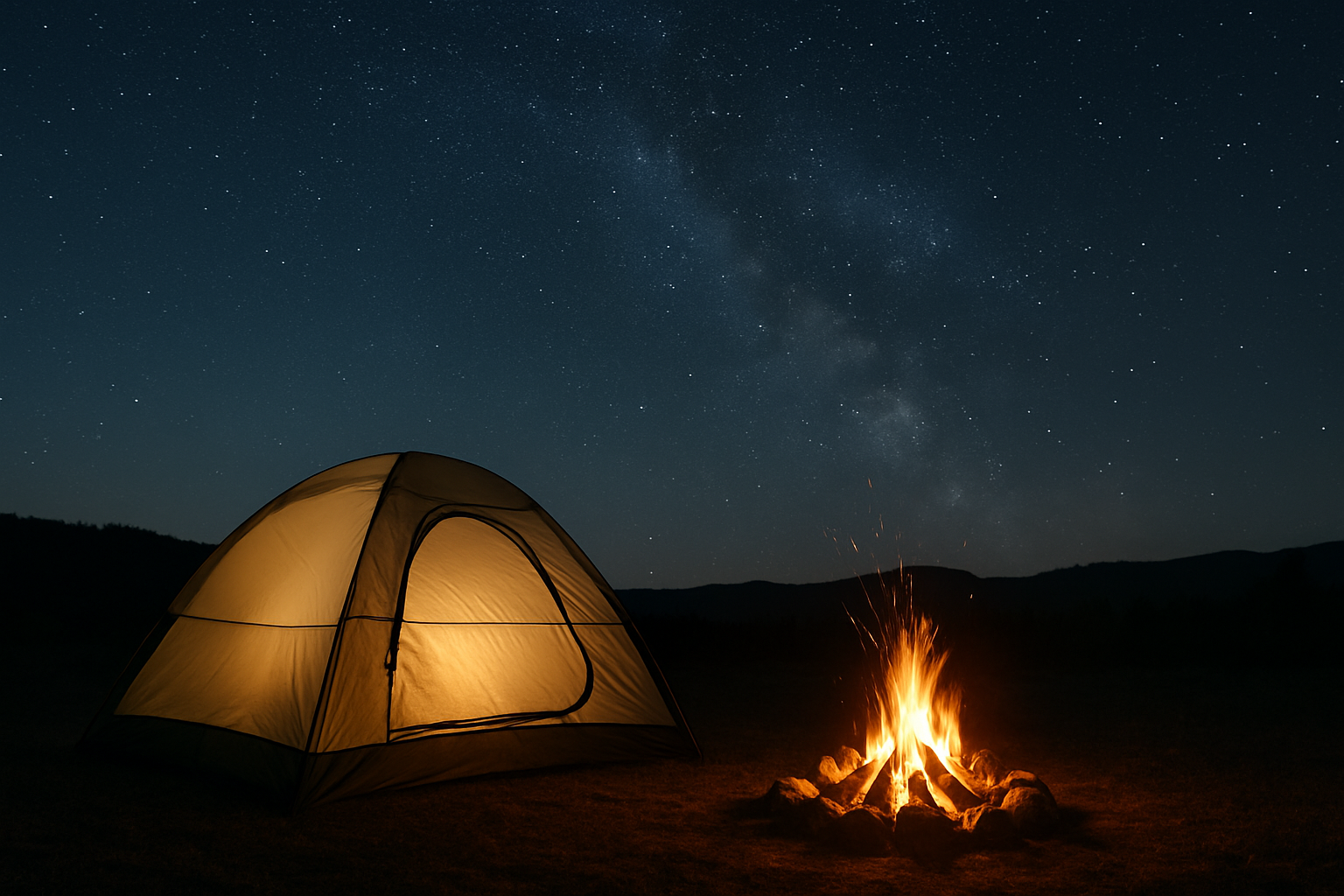
At Camp Crew Lighting, the goal is not to sell the brightest gadget but to build systems that feel natural, efficient, and neighborly to both campers and wildlife. That starts with Comprehensive reviews of camping lighting products performed in real conditions, continues with Dark-sky-friendly lighting system designs that shield and aim light where it is useful, and extends to How-to guides on setup and maintenance that demystify specs and charging math. Their Head-to-head comparisons and feature evaluations balance brightness, optics, CRI (Color Rendering Index), CCT (Correlated Color Temperature), PWM (Pulse Width Modulation) behavior, and control ergonomics so you know what will work on a picnic table and what belongs on a trail. Finally, their Curated recommendations based on price points, activities, and user needs ensure a solo backpacker, a family in a national park, and a festival crew can each get a plan that preserves night vision, keeps batteries happy, and leaves the sky as dark as you found it.
- Problem solved: Traditional camping lights can disrupt night vision, consume excessive battery power, produce glare, and negatively impact dark skies and environmental balance.
- Solution delivered: Editorial guidance and tailored lighting system recommendations that preserve the night environment, reduce glare, extend battery life, and enhance overall camping experiences. Camp Crew Lighting does not operate a store; product links may point to retailers or affiliate partners.
- Outcome felt: Clear pathways, comfortable shared spaces, and gentler camps that respect the landscape and the people beside you.
Pro Tips, Data Points, and Best Practices from the Field
Small choices add up, and a handful of field-tested habits can cut energy use while improving comfort. Many park programs note that warm light draws fewer insects than blue-rich light at the same output, which means a 200 lumen warm lantern often feels calmer and more usable than a cooler 300 lumen lantern that scatters harsh reflections on gear. Eye-level glare is the biggest source of campsite frustration, so think like a photographer by placing lights off-axis and bouncing them off light surfaces to create a soft wash across the area instead of a piercing hot spot. When you pair those placements with dim levels and red LEDs (light-emitting diodes) after dinner, campers report less eye strain, fewer trips over guylines, and longer runtimes on a single 10,000 mAh (milliampere-hour) power bank.
- Use physical shades, cups, or paper lamp diffusers to block direct view of the emitter.
- Adopt a lights-out policy for nonessential sources one hour after quiet hours begin.
- Mark guylines with tiny, warm LEDs (light-emitting diodes) on ultra-low to avoid bright ropes cutting across the scene.
- Avoid cool-white strobes unless signaling; they are startling to people and wildlife.
Choosing Your First Dark-Sky Kit: A Quick Path
If you want an easy win, start with three pieces and build from there. Pick a warm, dimmable lantern with a well-designed diffuser for the table, a headlamp with a comfortable red LED (light-emitting diode) mode for night movement, and a short string of warm LEDs (light-emitting diodes) for tent or awning ambiance. Add an IPX4 (Ingress Protection X4) or better rating for weather, a lockout to prevent backpack activation, and USB-C (Universal Serial Bus Type-C) charging for fewer cable types, then set a personal rule to use the lowest level that still feels safe. Many readers find this simple set reduces power needs by half compared with older kits, and that translates into fewer recharges, less glare around camp, and a sky that still feels wild when you look up from the campfire’s last glow.
The promise is simple yet powerful: the right light in the right place makes your camp safer, calmer, and kinder to the night. In the next 12 months, expect more fixtures to ship with true-amber emitters, better CRI (Color Rendering Index) at low levels, and smarter dimming that remembers your last setting to save power automatically. What will your camp feel like when your lighting is as thoughtfully designed as your shelter, menu, and route plan in this blog post for 2025-11-12?
Advance Your Camp Lighting With Camp Crew Lighting
Explore comprehensive hands-on reviews, buyer’s guides, and system recommendations that preserve dark skies, reduce glare, extend battery life, and elevate experiences with tailored picks for campers and festival-goers. We do not operate a store; product links may direct to retailers or affiliate partners.

